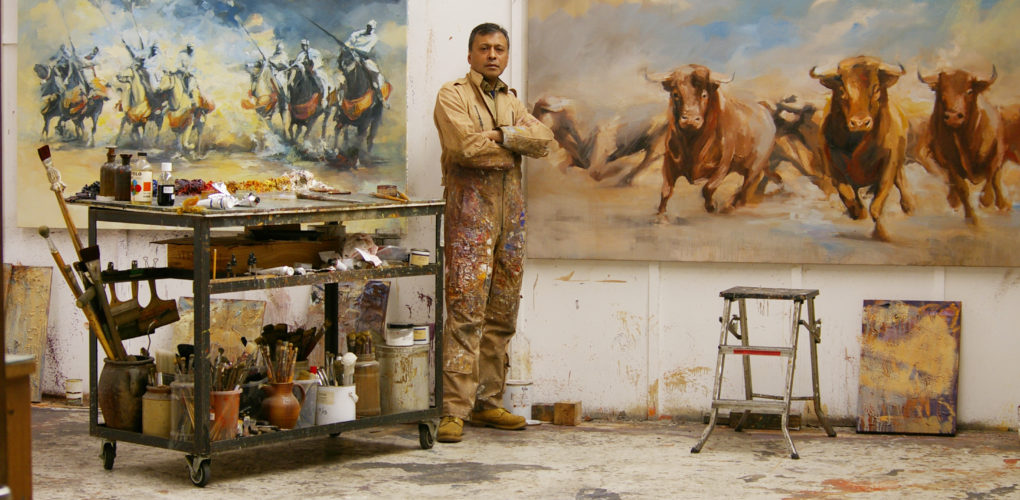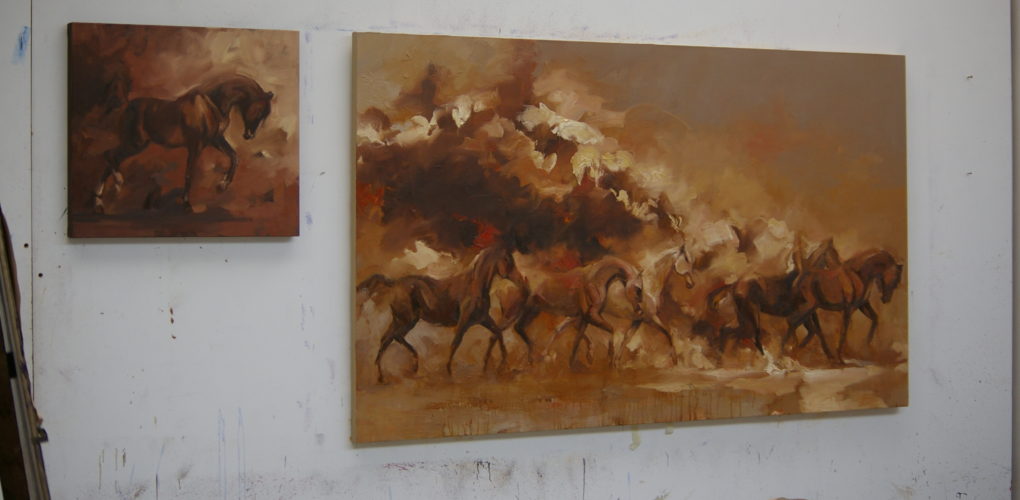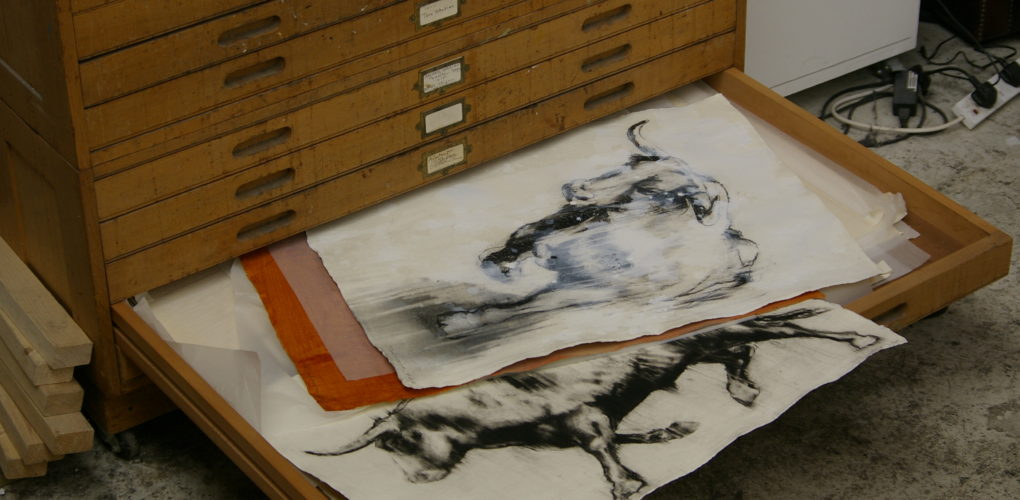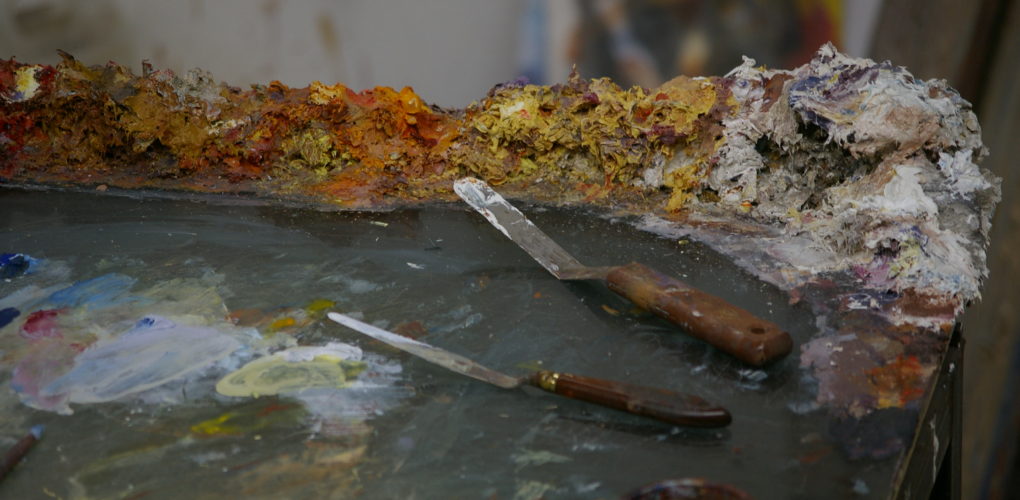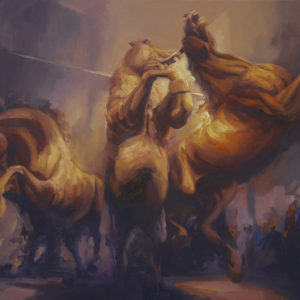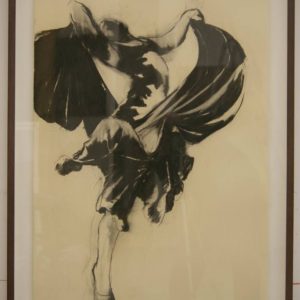Inside the Studio
 Zil Hoque
Zil Hoque
What are the major themes you pursue in your work?
I explore a variety of themes, all usually with a Spanish influence, such as flamenco to Spanish bulls and horses. To me, the infatuation with all things Spanish is something I cannot explain, other than to say that it’s a mystical enigma. I have always been in love with the culture and the people of the peninsular, and try as I may, the only way to exorcise myself of this obsession is to paint it!
The underlying theme of all my works is the employment of light. Whether it’s real, observed, or invented, it is light that dominates my interest in any subject. It has always been a passion and something that fuels my paintings. It doesn’t matter if my subject matter is figurative or abstract — the subject always has a sense of directional light. I am fascinated by the way that light reflects off of muscles on a bull’s head, or the flash of light on a dancer’s arm. A focus of light on a figure often has an effect of defining the form and giving the observer a clue as to what the subject may be. I do believe that light can be used in a selective way in order to both create and destroy a form.
Light usually is embodied in my work in the form of impastoed oil paint. I imagine that the paint itself takes on the role of light, pushing and manipulating where the drama of chiaroscuro occurs. It’s fascinating when the paint layers optically and physically describe space on the same plane. I suppose this comes from an admiration and respect for painters such as Velazquez and Goya, where marks and color are undefinable.
What was the best advice given to you as an artist?
I remember being a student at Central Saint Martins in the mid 1980’s, and making up one of my first large scale canvases. For days I was admiring its virginal beauty, imagining all sorts of subjects and themes. Anyhow, after a while I began to fear doing anything to it. Patrick Reyntiens, the head of the Fine Art Department at the time, had been observing my hesitations, and came up to me to say, “don’t contemplate the canvas for too long, Zil.” Immediately, I forced myself into action and destroyed the perfect canvas; I realised that any mark was better than none. To this day I have never forgotten those simplistic yet profound words.
There is nothing more daunting than a large expanse of pure perfection – the white canvas. Nowadays I find myself always considering preliminary studies before embarking on any large scale work so as to have a rough idea of what I’m going to do on it.
Prefer to work with music or in silence?
I have always worked with music. Being an amateur guitarist I tend to listen to a lot of Spanish/classical guitar music. The studio has always had a serious sound system; the speakers being strategically placed so that I can hear my stereo at the main painting wall.
Whether it’s cold or boiling outside, once I put the recordings on, I am transported into work mode, painting in my own meditative world, totally oblivious to what’s outside the door.
So it’s safe to say that music plays an important part in my life and art. Even titles and paintings have in the past come about as a direct result of listening to certain songs. Ultimately I would admit that, working in a fairly large studio, music fills the void of silence which can otherwise be overwhelming.
If you could only have one piece of art in your life, what would it be?
My choice would be “Woman Bathing in a Stream” 1654 by Rembrandt in the National Gallery, London. It’s such a gem, and being a fairly small painting and of a relatively mundane subject, I imagine I could carry it wherever I live or work. This painting more than any others encapsulates everything I believe and strive for in art. It’s one of those haunting pieces that tells you that simplicity and elegance of handling paint can transcend any painter’s genius thoughts.
Who are your favorite writers?
Ernest Hemingway, but more so Robert Hughes for his honest and revealing statements which never cease to amaze me.
